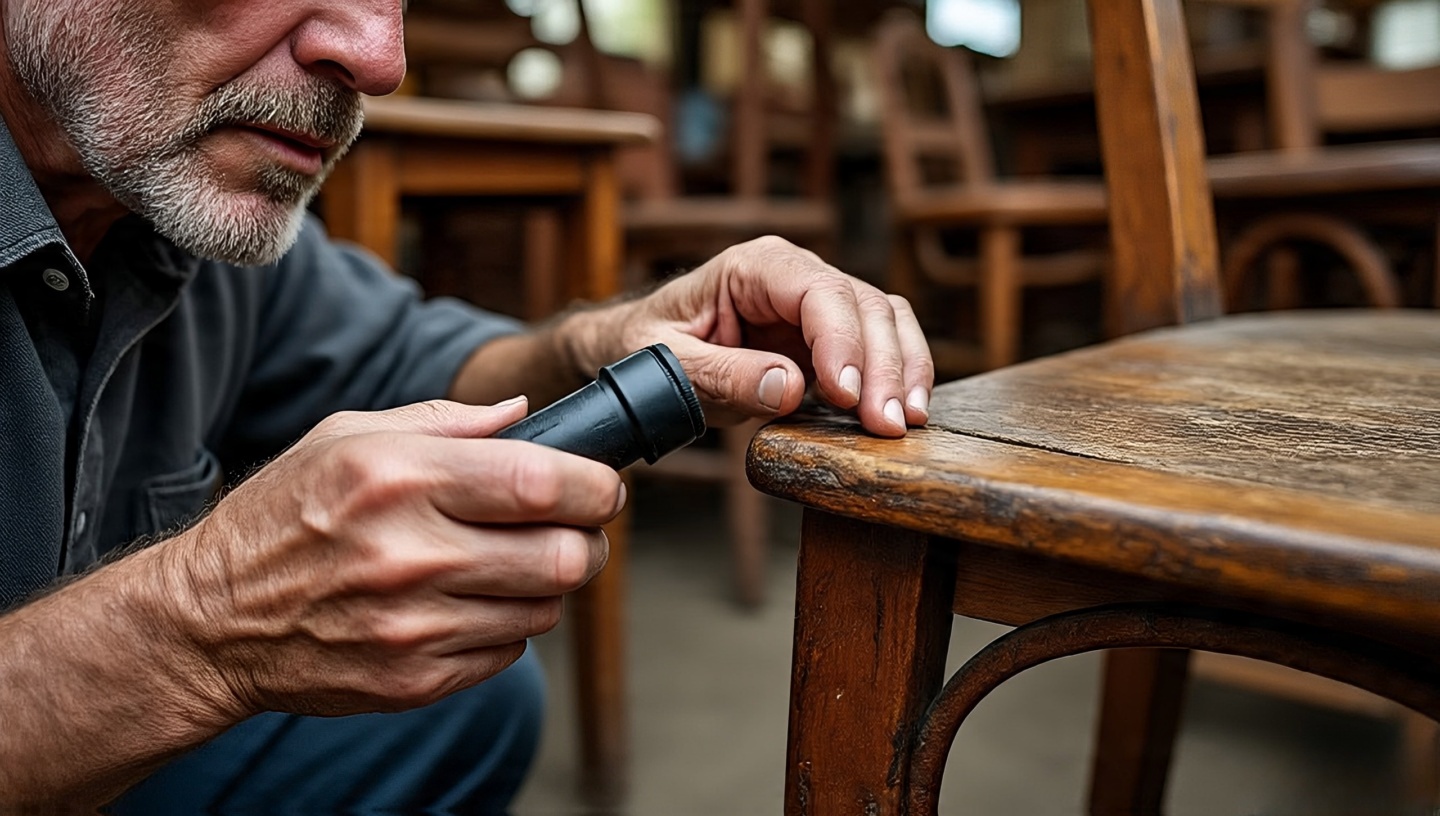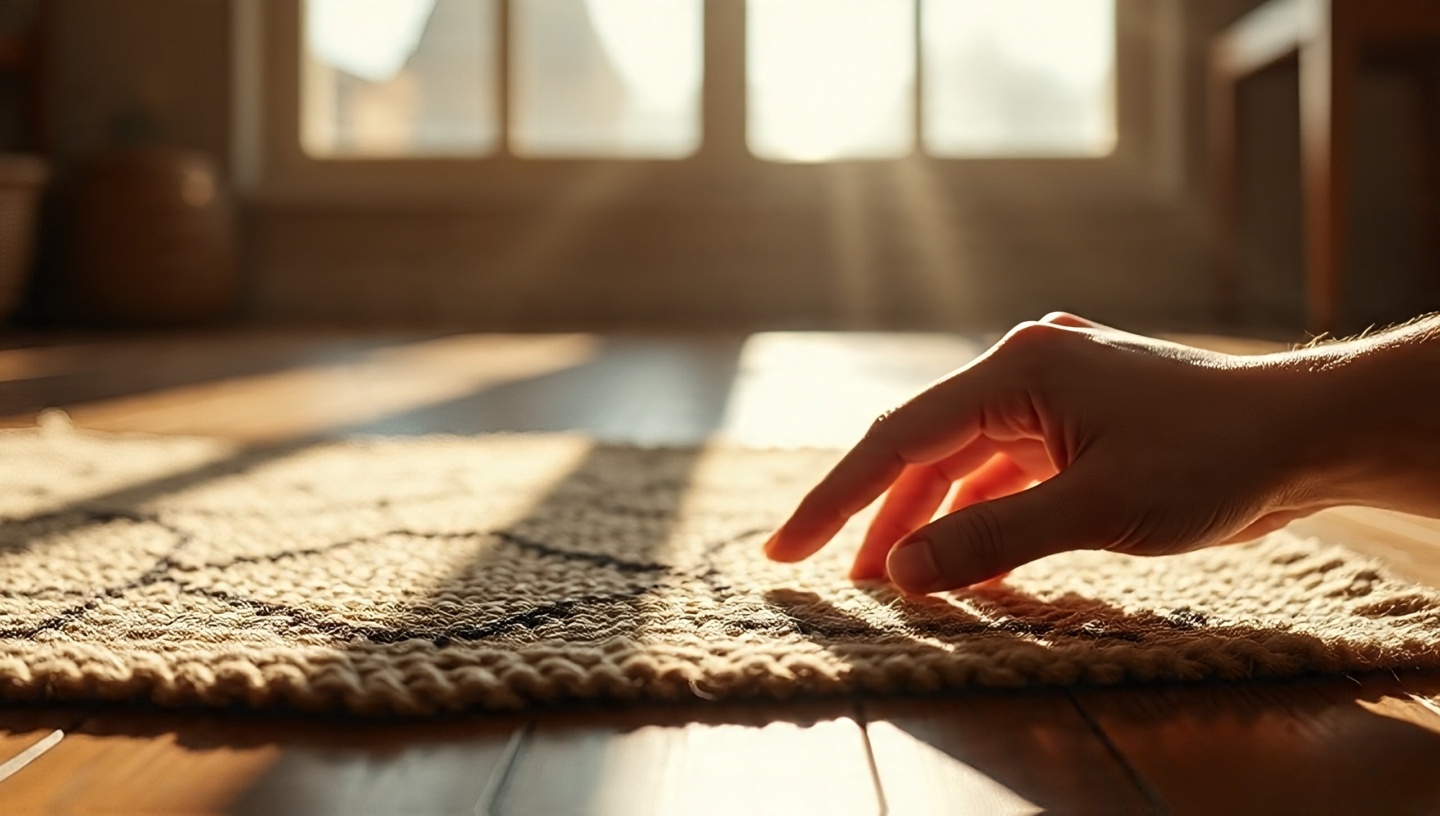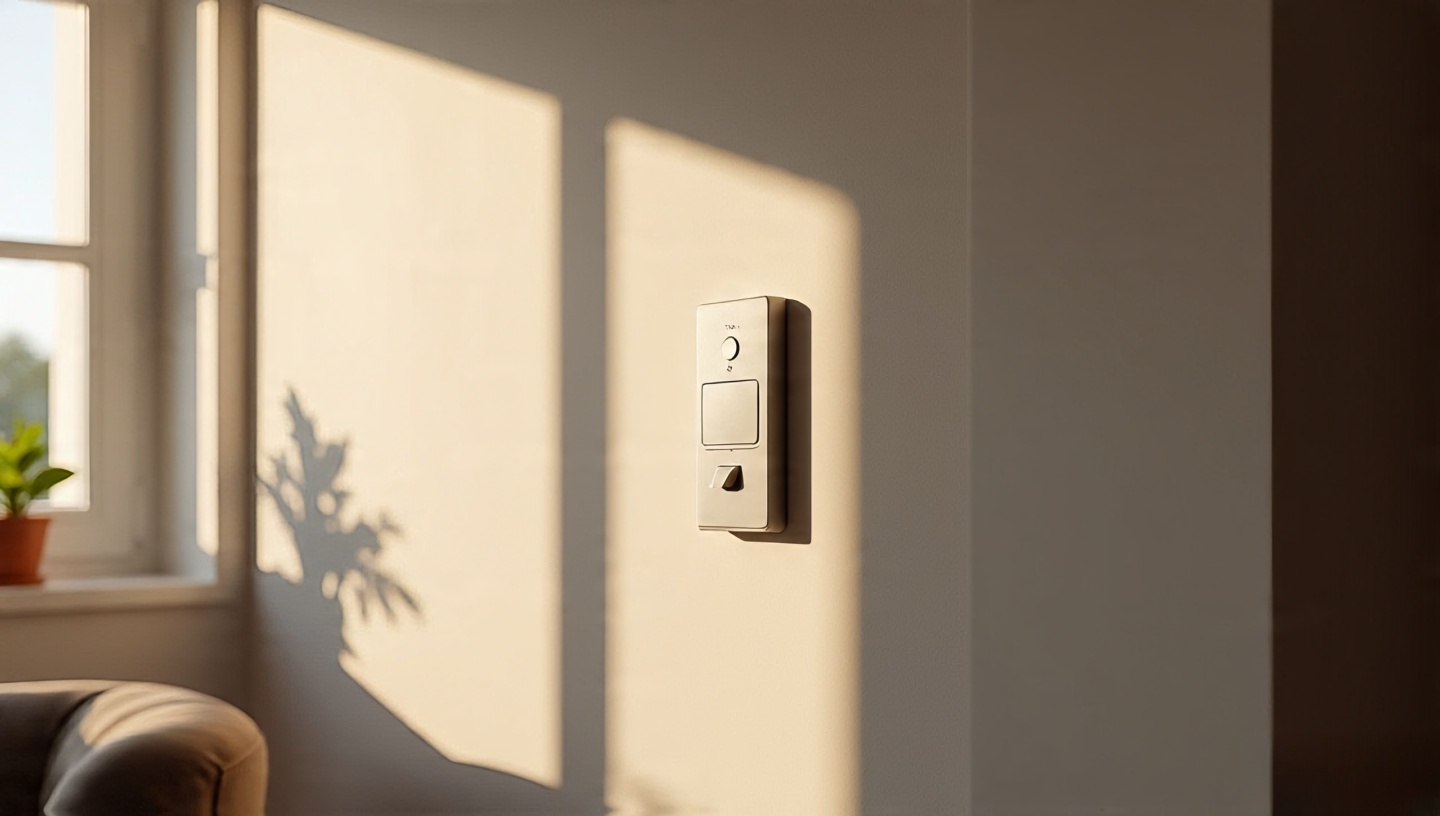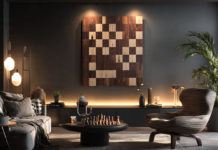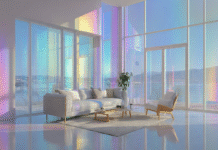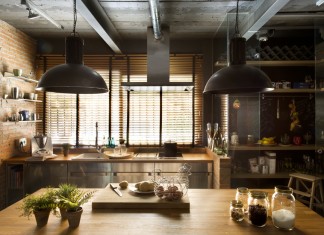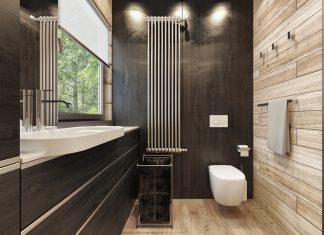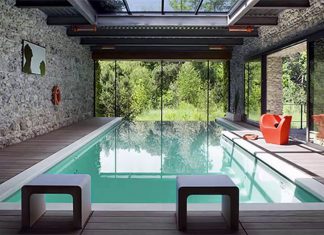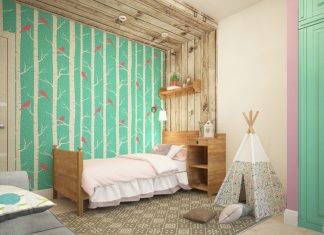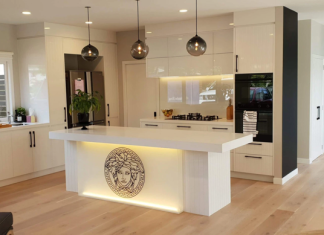Roohome.com – There’s a particular smell when you step into a vintage shop—warm dust, sun-bleached wood, maybe a whisper of old incense that lingers in the fabric of a hand-loomed rug. After three decades designing homes around the world, I still feel a spark of adventure every time I duck into a flea market or estate sale. A boho interior thrives on these unexpected finds, but sourcing them well takes more than luck. It takes a practiced eye, an understanding of structure and materials, and the patience of a seasoned builder. Whether you live in a bustling city or a quiet coastal town, here’s how to bring authentic character into your home with professional confidence.
What follows isn’t a shopping list. It’s a field guide drawn from years of architectural practice, full of anecdotes, precise measurements, and hard-won tips. If you’ve ever wanted a home that feels like a layered travelogue rather than a catalog set, these tactics will help you hunt, evaluate, and integrate vintage pieces that last for decades.
The Architect’s Eye: Training Yourself to See Beyond Dust
When I approach a vintage market, I scan lines and proportions before I even notice finishes. Structural integrity comes first. Sight down the edge of a table to spot warping; tap a chair leg and listen for a solid, low tone rather than a hollow rattle. Bring a small flashlight to check joints and undersides—good joinery is the skeleton of longevity.
Dimensions & Clearances
- Dining tables: confirm a minimum 28–30 in (71–76 cm) height for comfort.
- Seating: seat height should fall between 17–19 in (43–48 cm) for most adults.
These numbers may sound dry, but they’re the difference between a beautiful conversation piece and a daily frustration.
Mapping the Hunt: Where Quality Hides
Decades of projects taught me that location dictates style. Coastal estate sales yield driftwood frames and salt-bleached teak; industrial cities hide steel cabinets and machinist stools. Rural charity shops are best for solid hardwoods. Early mornings remain unbeatable—merchants restock before crowds arrive.
Designer’s Note: Keep a simple floor-plan sketch with key room dimensions on your phone. A quick glance can save you from a costly misfit.
Understanding Materials & Finishes
A seasoned architect reads materials like a book. Oak with tight grain will outlast softer pine. Brass gains a rich patina but avoid pieces coated with thin lacquer that flakes under fingernails. Cane and rattan should feel springy, not brittle. For mixed-material items, confirm that fasteners are stainless or brass to avoid galvanic corrosion in humid climates.
Common Mistake
Buying veneer furniture assuming it’s solid wood.
Fix/Prevention
Check edges: true veneer shows thin layers over a substrate. Solid wood reveals continuous grain around corners.
Budgeting the Boho Way
Set a ceiling before you leave home. I recommend a “60/30/10” framework: 60 % of your budget on key anchors (sofa, dining table), 30 % on accent pieces, 10 % on spontaneous treasures. This keeps the thrill of the hunt without blowing your renovation fund.
Cost & Value
- Mid-century teak credenza: $400–$900 depending on region.
- Hand-knotted Moroccan rug: $250–$700 for a 5×7 ft size.
Negotiation Without the Awkwardness
Bargaining is a conversation, not a confrontation. Compliment craftsmanship first, then politely ask if the price is flexible. Silence is powerful; let the seller speak next. I often secure 10–15 % off with this simple rhythm.
“This teak carving has such beautiful grain—would you consider $120?”
Texture as the Soul of Boho
Run your fingers across a jute rug or a cane headboard and you’ll feel life itself. Mixing rough with smooth—like a glossy ceramic vase on a raw wood console—creates a tactile richness that makes a room vibrate. For layout inspiration, visit this guide on mixing vintage rattan.
Image idea: Close-up of a hand brushing across woven jute with sunlight filtering through sheer curtains (alt text: hand touching jute rug texture).
Integrating Old with New
Boho isn’t clutter; it’s curation. Pair a vintage indigo textile with a modern linen sofa so each sings. Group small objects in odd numbers—three ceramic bowls, five brass candlesticks—for visual rhythm. For more ideas, see the ultimate bohemian interior guide.
Lighting: The Unsung Hero
Lighting transforms secondhand pieces from “junk shop” to “gallery treasure.” Swap harsh bulbs for warm LEDs. Aim for 2700 K color temperature to mimic late-afternoon sun. Place thrifted lamps near textured walls so shadows dance across woven baskets and carved wood.
Image idea: Warm-lit reading nook with vintage lamp casting patterned shadows (alt text: boho corner with glowing thrifted lamp).
Installation & Sequencing
Integrating heavy vintage pieces requires planning. Always anchor tall cabinets to wall studs—use 2.5 in screws for drywall over wood framing. When layering rugs, place a natural rubber pad beneath to prevent slipping. Sequence large deliveries before delicate décor to avoid damage.
Common Mistake
Bringing in soft textiles first and staining them during furniture moves.
Fix/Prevention
Protect rugs with plastic sheeting until all major pieces are placed.
Climate & Code Considerations
Humidity is the silent killer of vintage finds. In tropical zones, aim for indoor humidity below 60 %. Use dehumidifiers and check local electrical codes before rewiring antique fixtures. In colder climates, allow wood to acclimate 48 hours before installation to prevent cracking.
Decision Matrix: Keep, Restore, or Let Go
| Condition | Effort | Recommendation |
|---|---|---|
| Solid frame, minor finish wear | Low | Buy and refinish |
| Loose joints, rare material | Medium | Buy and professionally restore |
| Rot or active pests | High | Pass unless historically significant |
Mini-FAQ
How do I remove musty odors?
Sprinkle baking soda, seal in a bag for 24 hours, then air in direct sunlight.
Is mixing metals okay?
Yes—limit to two finishes (e.g., brass + matte black) for cohesion.
What’s the best first purchase?
A statement rug. It anchors the room and guides your palette.
Closing Checklist: Ready for Your First Hunt?
- ✔ Floor-plan sketch with key measurements saved on your phone.
- ✔ Flashlight and tape measure in your bag.
- ✔ Budget split: 60/30/10.
- ✔ Humidity and climate considerations noted.
Start with one thrifted find this week—maybe a woven basket or hand-painted mug—and let it guide the next choice. Soon you’ll have a home that smells of aged wood and morning coffee, a place where every corner invites you to sit, touch, and stay awhile.
Advanced Furniture Restoration Tips
Sometimes the perfect vintage piece needs more than a light sanding. Over my career, I’ve supervised countless restorations and learned a few crucial steps:
Materials & Finishes
- Shellac vs. Polyurethane: Shellac creates a warm, natural glow but requires more maintenance. Polyurethane is more durable and water-resistant for high-traffic surfaces.
- Natural Oils: Linseed or tung oil penetrate deeply and highlight wood grain, perfect for mid-century teak.
Common Mistake
Skipping a grain filler on open-pore woods like oak leads to uneven finishes.
Fix/Prevention
Apply a sanding sealer or grain filler before staining for a smooth surface that ages gracefully.
Textile Sourcing & Care
Textiles hold scent and memory, but they need special handling. When hunting for vintage fabrics:
- Bring a small UV flashlight to d

